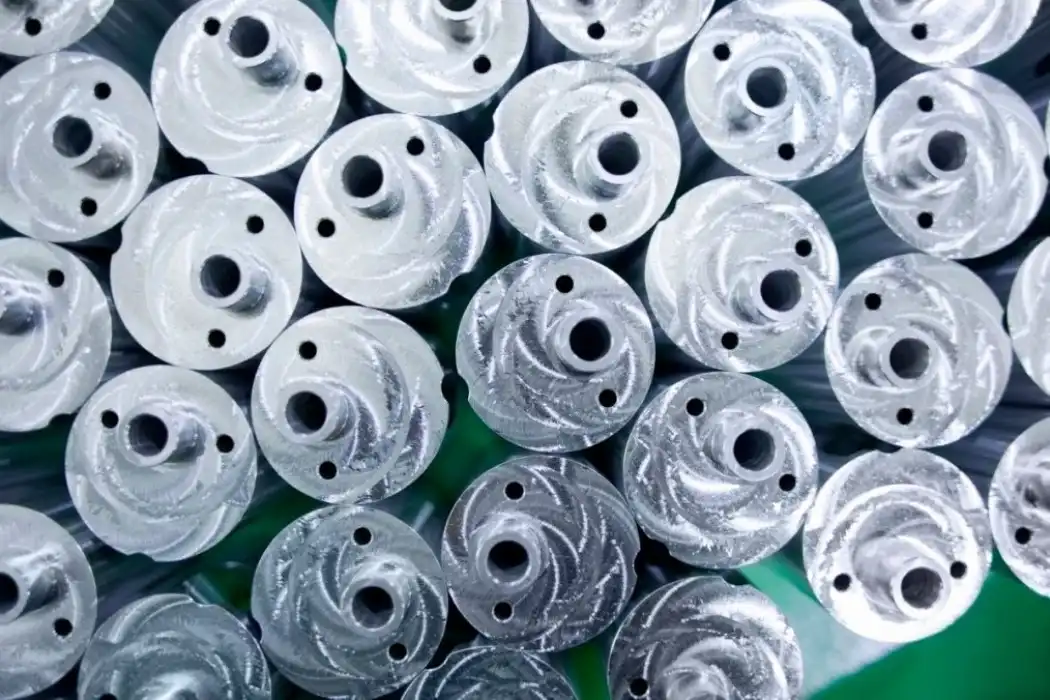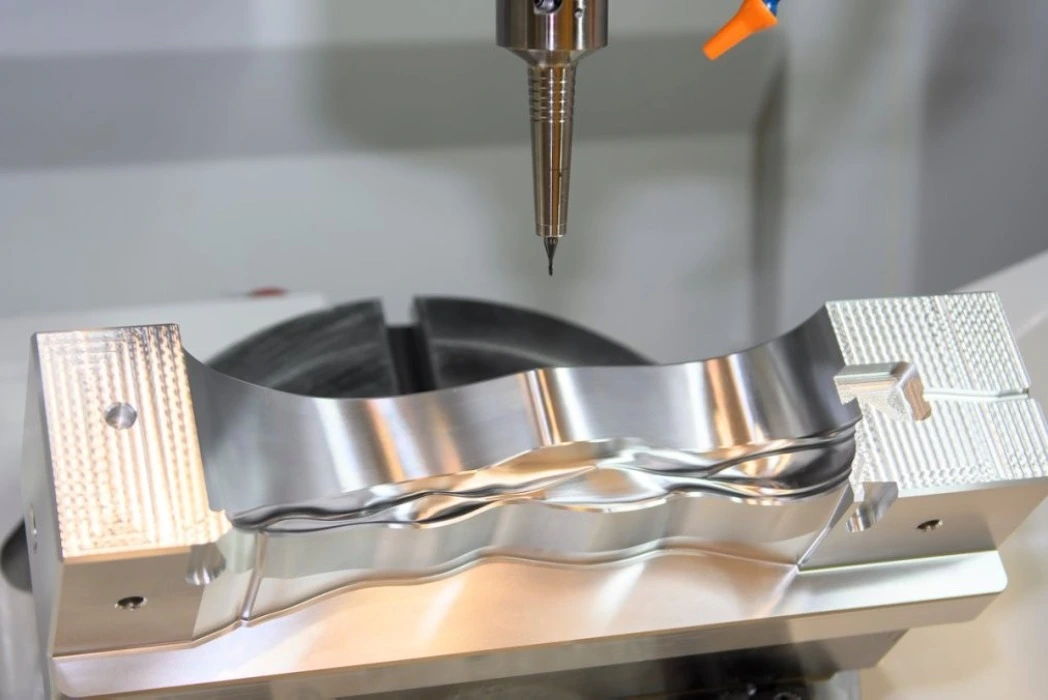Key Design Considerations for Optimizing 5-Axis CNC Machining
Leveraging Complex Curves and Contours
5-axis CNC machining excels at creating intricate shapes and surfaces that would be impossible with traditional 3-axis methods. Utilize complicated bends, forms, and natural shapes to completely utilize the potential of 5-axis machining whereas creating items. These characteristics boost your parts' value in expansion to their visual request. For illustration, ergonomic bends in restorative gadgets can increment persistent consolation, whereas streamlined forms in aviation applications can make strides streamlined features.
Minimizing Undercuts and Deep Pockets
While 5-axis machining can access hard-to-reach areas, it's still wise to minimize undercuts and deep pockets where possible. These characteristics have the ability to impact both cost and quality by lengthening and complicating the machining process. Instead, think about redesigning components to minimize or do away with undercuts, or look into different production techniques for these particular features. You can increase overall part quality and expedite production by tailoring your design for 5-axis machining.
Considering Material Properties
The choice of material significantly impacts the design process for 5-axis CNC machining. Different materials have varying properties that affect machinability, tool wear, and final part quality. For example, titanium's high strength-to-weight ratio makes it ideal for aerospace components, but its low thermal conductivity can lead to rapid tool wear if not properly managed. Think about how material characteristics will affect feed rates, cutting speeds, and tool selection while designing your item. During the machining process, this consideration can assist avoid problems like heat distortion or excessive tool wear.

Ensuring Tool Accessibility in 5-Axis CNC Design
Planning for Multi-Directional Cutting Paths
The flexibility of 5-axis CNC machining to approach the object from various angles is one of its main benefits. To fully leverage this capability, design your part with multi-directional cutting paths in mind. This approach allows for more efficient material removal and can significantly reduce machining time. Consider how the cutting tool will approach each feature of your part, and design accordingly to minimize tool changes and maximize continuous cutting operations.
Optimizing Feature Orientation
The orientation of features on your part can greatly impact tool accessibility and machining efficiency. When designing for 5-axis CNC machining, consider rotating or repositioning features to improve tool access. For example, angling a hole or pocket slightly can allow for easier tool entry and improved chip evacuation. By optimizing the introduction, you can diminish the need for specialized tooling and move forward by and large with machining execution.
Implementing Collision Avoidance Strategies
Tool collisions can be catastrophic in 5-axis CNC machining, leading to damaged parts, broken tools, and costly downtime. To prevent these issues, incorporate collision avoidance strategies into your design. This could mean adding clearance areas around significant features, separating complex elements into multiple segments, or even providing smooth surface transitions. By prioritizing collision shirking in your plan, you may guarantee more smooth machining operations and diminish the probability of expensive blunders.
Developing Effective Fixturing Strategies
Designing for Single-Setup Machining
One of the most significant advantages of 5-axis CNC machining is the ability to complete complex parts in a single setup. To capitalize on this benefit, design your part with single-setup machining in mind. By evacuating the need for re-fixturing, this strategy not onlycuts down on taking care of time and any botches, but it also increments by and large portion precision. Consider how your part can be oriented to allow access to all critical features in one setup, and design fixturing points accordingly.
Incorporating Strategic Fixturing Points
Effective fixturing is crucial for achieving high precision in 5-axis CNC machining. When designing your part, incorporate strategic fixturing points that provide stability without interfering with machining operations. These might include dedicated clamping surfaces, temporary support structures, or even custom fixturing features that can be removed in the final machining steps.By integrating fixturing considerations into your design, you can ensure more reliable and repeatable machining results.
Balancing Rigidity and Accessibility
In 5-axis CNC machining, there's often a delicate balance between providing sufficient workpiece rigidity and maintaining tool accessibility. Overly rigid fixturing can limit the machine's ability to access certain features, while inadequate support can lead to vibration and poor surface finish. When designing your part, consider how it will be held during machining and strive for a balance between stability and accessibility. This might involve creating dedicated fixturing surfaces or incorporating features that can serve dual purposes for both machining and workholding.

Conclusion
Mastering 5-axis CNC design requires a deep understanding of the technology's capabilities and limitations. By focusing on optimizing part geometry, ensuring tool accessibility, and developing effective fixturing strategies, you can create designs that fully leverage the power of 5-axis CNC machining. Remember, successful 5-axis CNC projects begin long before the first cut is made - they start on the drawing board with thoughtful, informed design decisions. You'll be prepared to push the limits of precision production when you incorporate these ideas into your upcoming project.
Avoid Design Flaws with Expert 5-Axis CNC Tips | BOEN
At BOEN, we've been at the forefront of 5-axis CNC machining since 2014, when we imported advanced DMG 5-axis CNC machines from Germany. Our cutting-edge gear permits us to handle the most requested ventures with unparalleled exactness and productivity. We specialize in high-speed cutting with smaller apparatuses, catering to businesses that require tight resistances and complex geometries. Select BOEN for your next 5-axis CNC machining venture and experience the contrast that skill and cutting-edge innovation can make. For more data or to examine your particular needs, contact us at contact@boenrapid.com.






